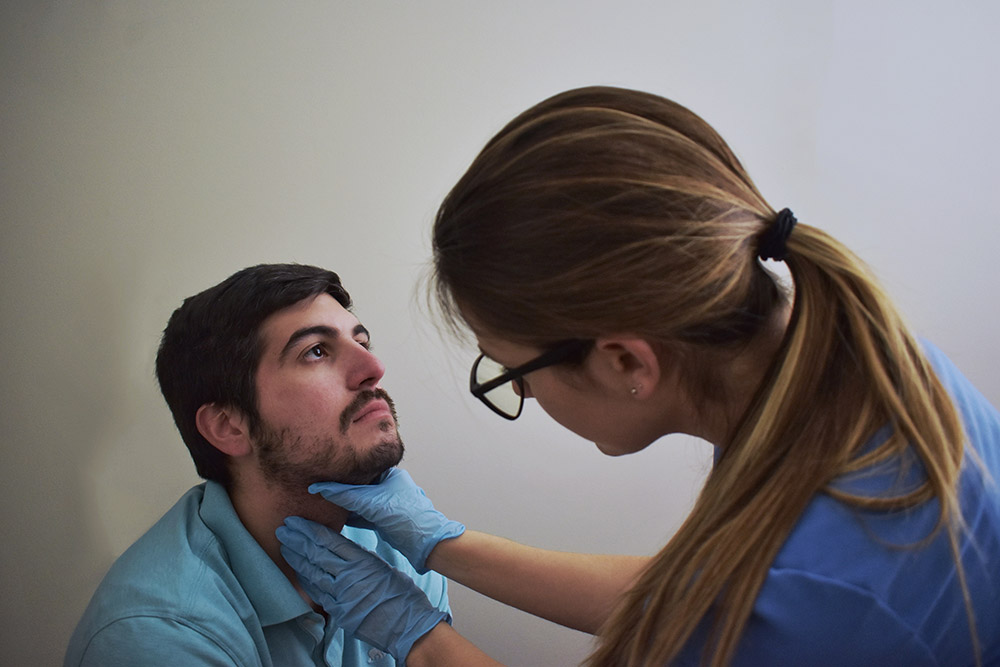Expert Treatment for Hemorrhage Of Anus And Rectum by Dr. Bharat Pothuri
Dr. Pothuri uses a step-by-step approach:
Medical History and Exam
He reviews your bleeding pattern, bowel habits, diet, medication use and family history of gastrointestinal disease. A thorough physical exam includes inspection of the anal area and a digital rectal exam to detect hemorrhoids, fissures or masses.
Laboratory Tests
He orders a complete blood count to assess for anemia or iron deficiency. Stool studies such as fecal occult blood test or infection panels help identify hidden bleeding or infectious causes.
Endoscopic Evaluation
- Anoscopy or proctoscopy to directly visualize the anal canal and lower rectum for hemorrhoids, fissures, inflammation or lesions.
- Colonoscopy to inspect the entire colon and rectum for polyps, diverticula, malignancy or other bleeding sources.
Imaging Studies
- CT scan of the abdomen and pelvis to evaluate diverticular disease, tumors, inflammatory changes or other structural abnormalities.
Advanced Testing (if needed)
If bleeding persists without an obvious source, angiography or a tagged red blood cell scan may be used to localize active bleeding. In select cases, endoscopic ultrasound or capsule endoscopy can provide additional detail.

Frequently Asked Questions
What is hemorrhage of the anus and rectum?
It is bleeding from the lower digestive tract, often seen as bright red blood on toilet paper or in the toilet bowl.
When should I worry about rectal bleeding?
Seek medical attention if the bleeding is heavy, persists over multiple bowel movements, or is accompanied by pain, dizziness, or changes in bowel habits.
How does Dr. Pothuri find the cause of bleeding?
He uses diagnostic tools such as anoscopy, proctoscopy, and colonoscopy to locate and evaluate the source of bleeding.
Can diet changes help stop the bleeding?
Yes. Increasing dietary fiber, drinking plenty of water, and avoiding straining during bowel movements can ease symptoms and reduce bleeding.
Is hemorrhoid banding painful?
No. Most patients feel only mild pressure during rubber band ligation, and our team ensures your comfort throughout the procedure.
What is the ICD-10 code for hemorrhage of the anus and rectum?
The ICD-10 code is K62.5, used for accurate medical documentation and insurance billing.
Does insurance cover treatment for rectal bleeding?
Most insurance plans cover diagnostic tests and procedures related to rectal bleeding. Our staff can assist you in verifying your benefits.












